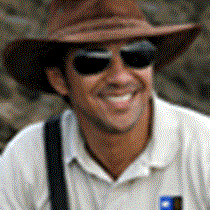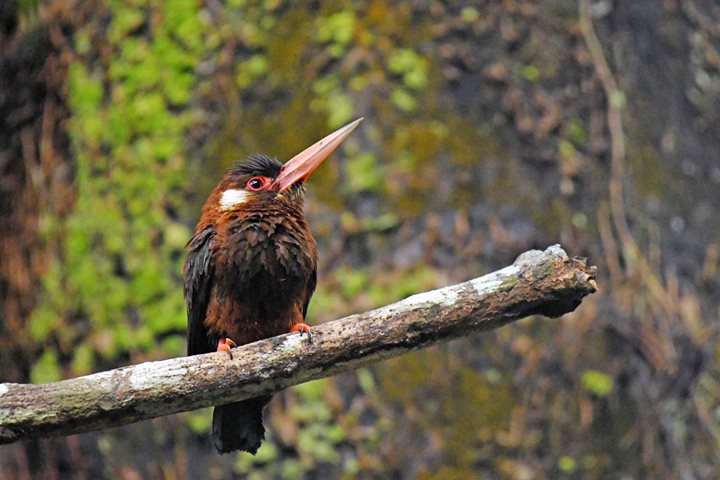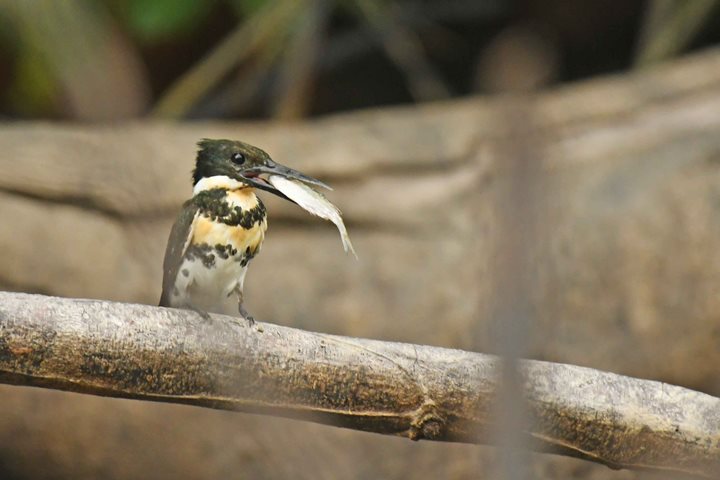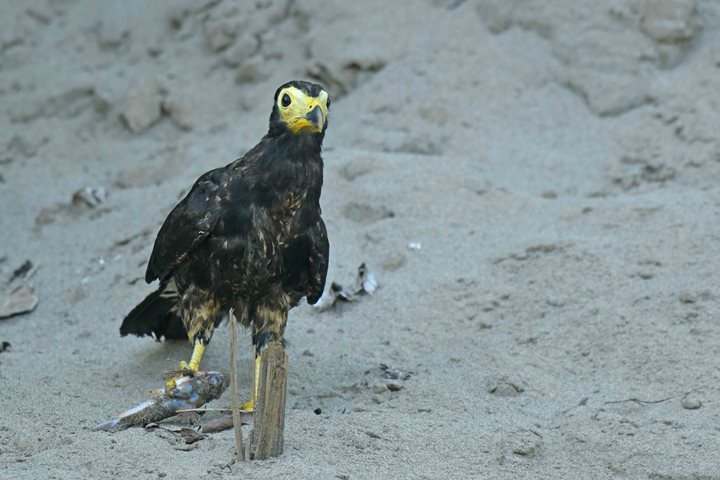Our morning started with threatening rainy clouds on the horizon. Luckily, our early pre-breakfast outing was completely rain-free, and we were lucky to enjoy great views of the wildlife.
Our location was the very shores of the mighty Ucayali River itself, as sections of this river are notorious for the abundance of “Aguaje” palm trees, used by one of the most iconic species of the Amazon, the macaws!
As we scanned the area, we observed three-toed sloths as well as red-bellied macaws, but our goal was to find the colorful Blue and Yellow Macaws that are always associated with pristine ecosystems, like the one we are visiting today. Our efforts paid off, and a couple of them were spotted perched on a nearby tree. As we moved closer, a few more arrived and created a great visual display!
Satisfied, we continued our great ride along the river bank, finding monkeys and more exotic birds along the way, such as the ringed woodpecker, herons, toucans, masked-crimson tanagers and black-tailed trogons.
It was time for breakfast and we headed back full speed, however, it did not take us too long to get back to the skiffs after breakfast, as we had much more to explore in this region.
Belluda Caño was the after breakfast destination. An intermittent rain stayed with us during the rest of the morning, but it did not lessen our experience in any way, as we had many more fantastic encounters!
As for the afternoon, we navigated the Delfin II even further up the Ucayali River, reaching a location known as “El Dorado.” This section of the Ucayali is famous for its tranquil, golden-shaded waters coming from one of the tributaries. A number of still-water lakes are found within this area, providing great opportunities to encounter other types of wildlife such as caimans and piranhas. Intentionally, we stayed skiff-riding until after sunset, and armed with flashlights, our caiman “hunting” started. Caimans (as many other animals) possess a thin layer behind the retina known as Tapetum lucidum. This layer of tissue bounces light back to the retina and increases their nocturnal vision capability. This layer is also responsible for the “eye-shine” effect in the eyes of many animals when light hits them, giving away their location. Our Caiman hunting was successful, and each of us came back to the ship with great sightings!







